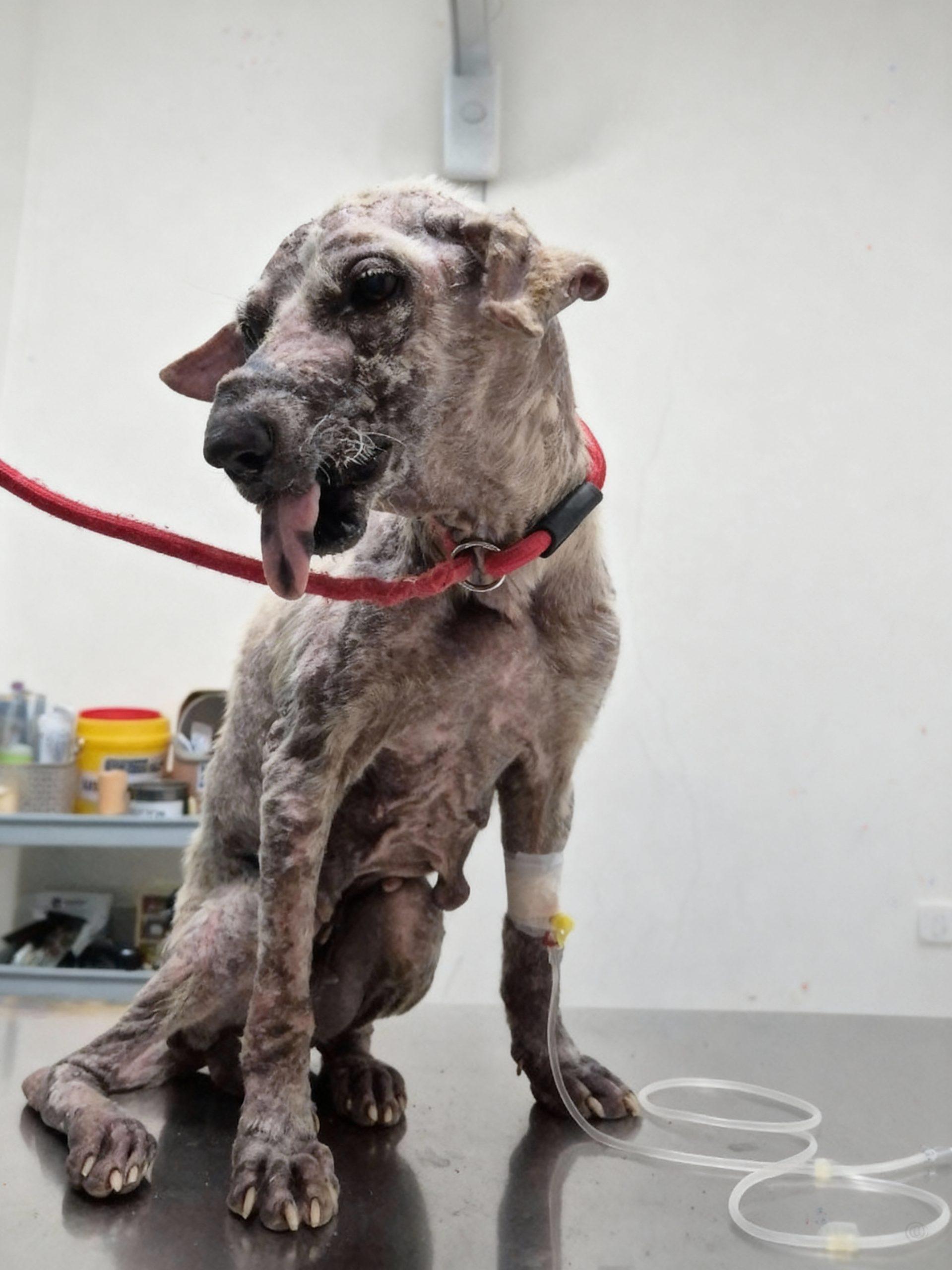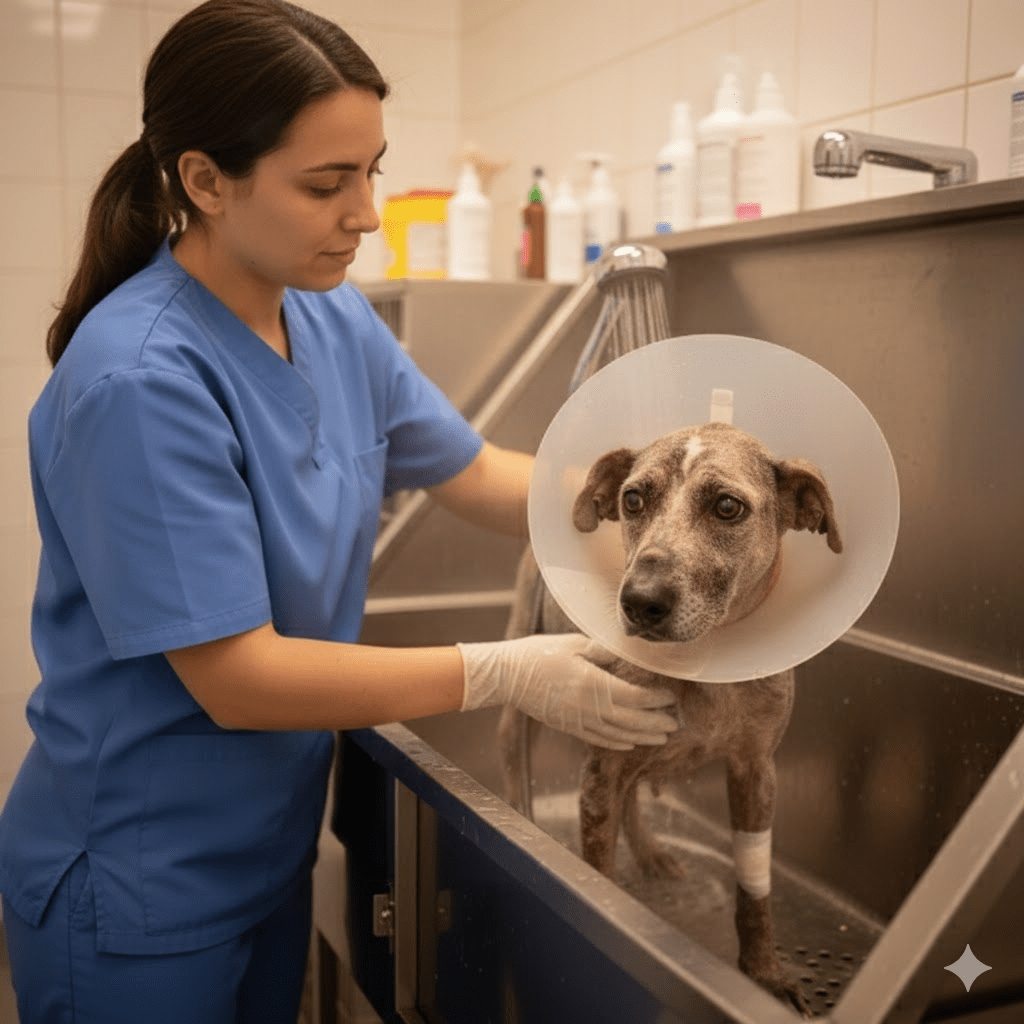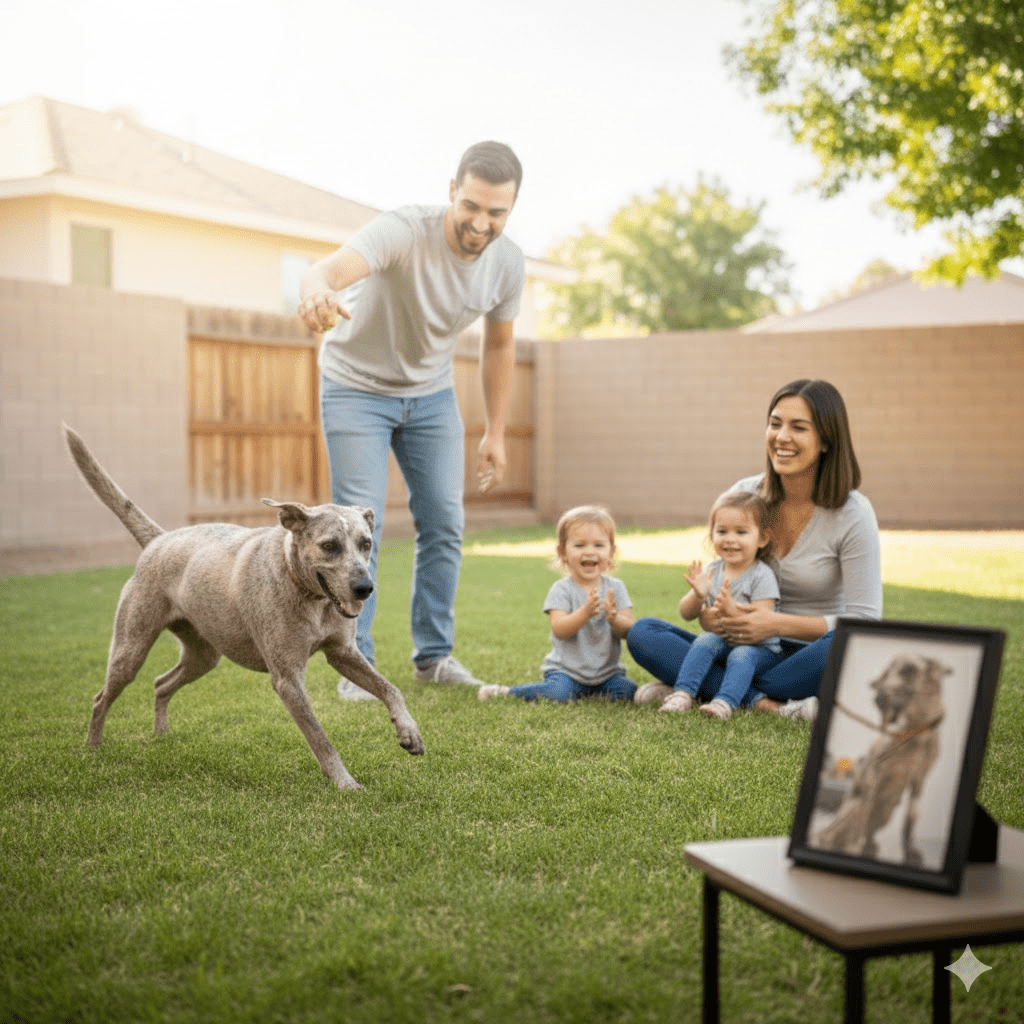The image before us tells a profound story – one of vulnerability, resilience, and the urgent need for compassion. It depicts a dog, clearly suffering from severe neglect, undergoing medical treatment. Its skin is raw and inflamed, indicative of advanced skin disease, likely mange, and its emaciated body speaks volumes about prolonged starvation. A veterinary IV drip is visible, a lifeline administering essential fluids and medication, marking the beginning of what will undoubtedly be a long and arduous journey to recovery. This poignant snapshot is a stark reminder of the countless animals worldwide who endure unimaginable suffering due to human indifference and cruelty. It challenges us to look beyond the discomfort of the image and recognize the intrinsic worth of every living creature, urging us to consider our collective responsibility to protect and care for those who cannot advocate for themselves. The road ahead for this particular dog will be fraught with challenges, both physical and emotional, but with dedicated care, medical intervention, and unwavering love, there is always hope for a brighter future.

The physical ailments displayed by neglected animals are often just the tip of the iceberg. Beneath the visible wounds and emaciation lie deeper, systemic issues that require comprehensive veterinary care. Severe skin conditions like sarcoptic mange, as suggested by the original image, can lead to relentless itching, open sores, and secondary bacterial infections, causing immense pain and discomfort. Malnutrition, a common companion to neglect, weakens the immune system, making animals more susceptible to parasites, viruses, and other diseases. Dehydration, if prolonged, can lead to organ failure and even death. The initial stages of treatment often involve stabilizing the animal’s condition: addressing immediate life-threatening issues, administering fluids and electrolytes, and starting broad-spectrum antibiotics to combat infections. Pain management is also crucial, ensuring the animal is as comfortable as possible during this critical phase. This meticulous approach lays the foundation for a successful recovery, but it is a process that demands patience, expertise, and significant resources.

Beyond the physical scars, neglected animals often carry deep emotional wounds. Fear, anxiety, and a profound distrust of humans are common responses to prolonged abuse and abandonment. An animal that has been starved, beaten, or consistently ignored may exhibit extreme shyness, aggression, or a complete shutdown. Rebuilding trust is a gradual and delicate process that requires immense patience and understanding from caregivers. Positive reinforcement, gentle handling, and creating a safe, predictable environment are crucial for helping these animals overcome their past traumas. Behavioral rehabilitation often runs concurrently with medical treatment, as an animal’s emotional state can significantly impact its physical healing. Small victories, such as accepting a gentle touch, eating a meal without fear, or showing a wag of the tail, are celebrated as milestones on the path to emotional recovery, slowly revealing the resilient spirit that often lies beneath the layers of fear.

After medical and emotional rehabilitation, the ultimate goal for every neglected animal is to find a loving, permanent home. Adoption agencies and rescue organizations play a vital role in this process, carefully matching rehabilitated animals with families who understand their needs and are committed to providing a safe, nurturing environment. The adoption journey often involves extensive interviews, home checks, and a period of adjustment for both the animal and its new family. It’s a testament to the transformative power of love and care that an animal, once at death’s door, can blossom into a cherished family member, experiencing joy and security for the first time. The stories of these adopted animals are powerful reminders of what is possible when compassion prevails, and they inspire us to continue fighting for those who have been forgotten.







